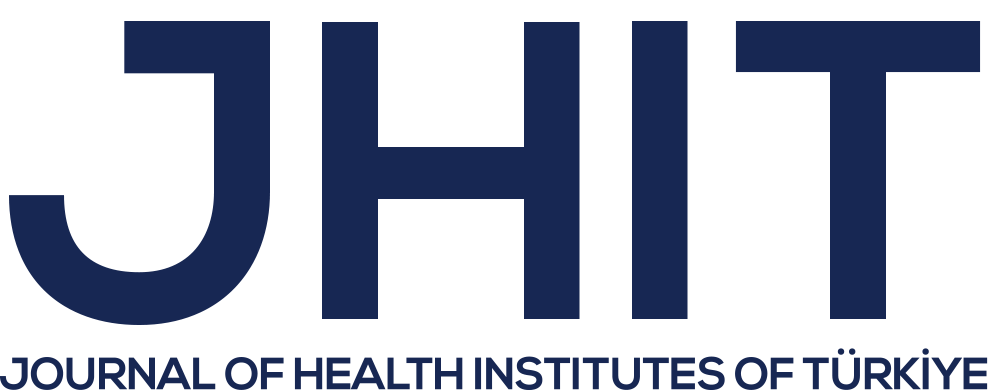ABSTRACT
Today, health services differ from other services in the market due to the increasing demand potential. The demand mentioned here is a function of a number of factors. These factors can be shown in the form of awareness of the public and awareness of health problems, developments in medical information and technology, changes in morbidity patterns and effects of long-term life, that is, the aging population. Another contributing factor is the increase in life standards that lead to increased customer awareness and higher service standards expectations. These and similar factors are necessary to move from the old organizational structures of the health institutions to a new organizational and managerial design, which can only be achieved through well-planned transition steps. Continuous improvement and development has been the main feature of both applications, as both TQM and innovation emerged as a partial response to the competitive situation of businesses. There is a clear relationship between TQM and innovation; It is claimed that institutions that implement TQM well are more prone to innovation. Institutions act with the TQM principle in order to be close and innovative.



